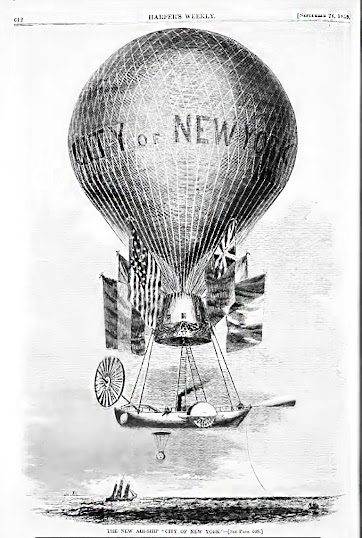If America's Richest Man...
Pearce Mease Butler had it all—and then some. Handsome, well educated, charming, and very, very, very rich.
His grandfather and
namesake had been a British Officer who resigned his commission and settled in
South Carolina in 1771 and soon built a fortune by the time of the Revolution. Major Butler joined the Patriot cause. An able soldier and distinguished politician,
he was one of South Carolina’s representatives to the Continental Congress and a
signer of the Declaration of Independence and later wrote Article Four of the Constitution which required escaped slaves be returned to their owners (But, of course, if you are a strict constructionist conservative, you would already know about article four.) After the war, Major Butler (as he
preferred to be addressed, though he had held the rank of general) became
Senator Butler. Senator Butler continued
building his fortune buying more plantations and more slaves. After service in
Congress, Major Butler settled in Philadelphia. A bitter falling out with his only surviving son enraged the old senator so he left his fortune to his two
grandsons by one of his daughters on the condition they take his last name, Butler.
Frances Anne "Fanny" Kemble as Juliet
Frances Anne “Fanny” Kemble did not have it all—but
she started with a fair amount. Born
into one of England’s well known theater families, she had been
sent to France to a girls' boarding school where she was proud to say she had
learned practical skills such as pattern making, sewing, general house cleaning
and management as well as writing, drawing, history and French. On her return at age 16, Fanny, was a
sensation when she debuted in the role of Juliet. Her father’s theater was deeply in debt and
Fanny’s performances drew crowds that kept the place afloat but not by much. Even though she wrote a hit play, Francis
the First, at age 18, it was not quite enough to pull the family fortunes free
of debt.
Fanny suggested a
tour of America to her father as a way to raise more money. Her father agreed
and, in 1832, accompanied her to America. Fanny was a beautiful young woman with a first rate intellect, natural curiosity and
riveting talent. She was a hit!
She raised a lot of money, but touring wasn’t cheap.
Then. There was this guy.
He showed up at all her performances, said and did all the right things, even played the flute in some of her performances. Not only was he not the kind of guy to take 'no' for an answer, Pearce was the kind of guy a girl didn’t want to say 'no' to.
So.
At age 24 in 1834 Fanny became Mrs.
Pearce M. Butler and retired from the stage.
Her father certainly did not worry about theater finance after that. The Butlers settled into Pearce’s enormous mansion in Philadelphia and Fanny promptly bore two
daughters three years apart.
Their marriage would be unhappy, but influential in two areas. Fanny would go on to write a detailed account of slave life on her husband's plantations which still remains a major source for historians of antebellum slavery.
Her grandson, Owen Wister, would write the first modern Western novel in 1902, The Virginian, giving America, and Texas in particular, a myth of itself.
Mrs. Pearce M. Butler
There was a problem, though. Fanny was an abolitionist.
It evidently never crossed Fanny’s mind why Pearce and the Butler family had so much money. In England, a rich man would have land holdings and tenants and she may have assumed the same about Pearce. Of course, she knew slavery was legal in the Southern US, but they lived and socialized in Pennsylvania, a free state, and had paid, white (Irish) servants. It did not sit well with her when she found out her husband owned more slaves than anybody else in America.
His references to “the hired help” had been to the
white overseers, not the hundreds of slaves. Every winter, Pearce left for four
months to go to Butler Island off the Georgia Coast to supervise and inspect one of his rice plantations and then to St Simon's Island to inspect his cotton plantation. He was, he
insisted, an exceptionally kind and benevolent master. He had not ever sold off slaves who had
worked for his grandfather and was careful not to break up families. He did not
turn out slaves when they were too old to work like in the North, he even allowed
slaves to have their own businesses to make money on the side when their work
was done.
Fanny wanted to see for herself. She badgered him relentlessly until he agreed
she and the girls, along with their Irish nanny, could come with him when he went
to Butler’s Island the winter of 1838-1839. Pearce pointed out they’d be
crowded into a four room house the plantation overseer normally used. It would be quite a comedown from the
mansion. Fanny didn’t care. She wanted
to see the plantation for herself.









Comments
Post a Comment